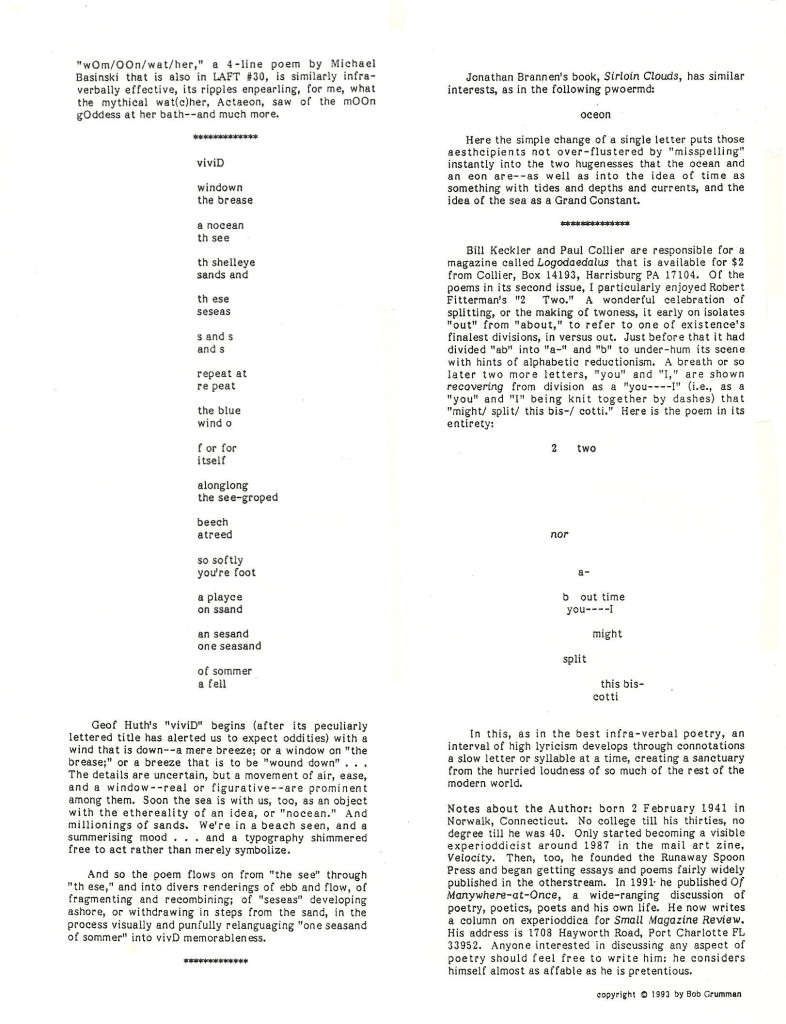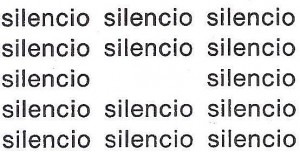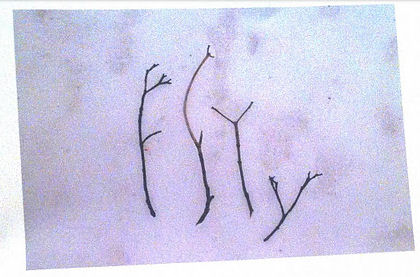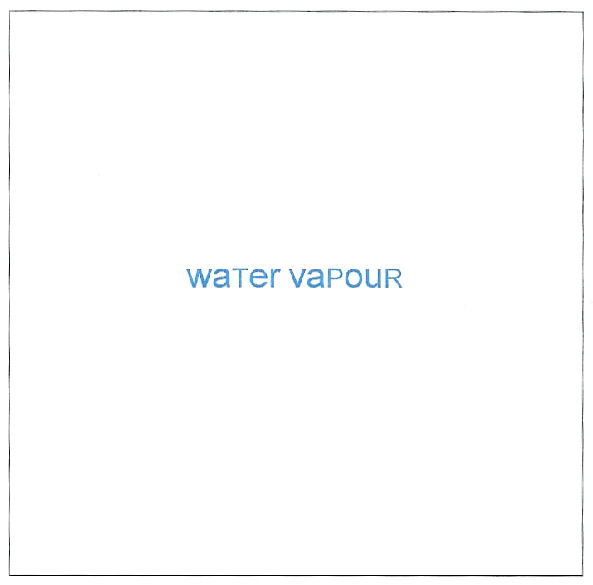About a week later I heard from one of my California writer friends, Moya Sinclair, who called me a little after eight in the evening sounding very cheerful and energetic. She, Annie Stanton, quite a good linguexpressive poet, Diane Walker, well-known as a television actress under her maiden name, Brewster, who had literary ambitions and was quite bright but never to my knowledge broke beyond the talented dabbler stage, and I had been a few years earlier the main members of a little writers’ group at Valley Junior College in the San Fernando Valley presided over by Les Boston, a professor there. Technically, we were doing independent studies with Dr. Boston, but in reality we friends who met weekly to discuss one another’s writing, mine at the time plays. Annie and Diane were about ten years older than I, Moya close to eighty by the time of her phone call, and she was in a convalescent home. Her circulatory system had slowly been wearing out. I fear she died there, for I never heard from her again. Both Annie and Diane died around then in their early sixties, huge unexpected losses for me.
Moya reported that Annie had been over for a visit and had left my book with her. Moya said she’d been reading parts of it and found it beautifully written, etc. She had a few adverse comments on it, too–on Geof’s word for one-word poem (“pwoermd”), for instance, but that was to be expected. Moya, for years working on an autobiographical novel, was pretty wedded to the old standards. We had a fine chat that boosted my spirits a good deal. She represented one of the main kinds of readers I hoped would like my book.
A day later I got a very positive letter from Jack Moskovitz about my book, and a lukewarm one about it from Geof. Geof, as I remember, felt I should have lightened up on the Grummaniacal coinages. I think he was right. I believe one of the things I tried to do in my two revisions of the book was to cut down on them.
The next day, according to my diary, I got lots of letters, mostly from people I sent my book to, and for the most part complimentary though Jody Offer, a California poet/playwright friend of mine, felt I got too advanced in parts–I’m sure in part because of my terminology. I was finding out, though, that my book was not as geared for non-experts as I’d hoped.







at least for me,
the voice has nothing to do with it is the ear drums, how sharp the listener is and his/her attention span and as bob sez, the mind’s discriminating abilities as well as experience.
a good voice can can sway an ignorant mind
karl